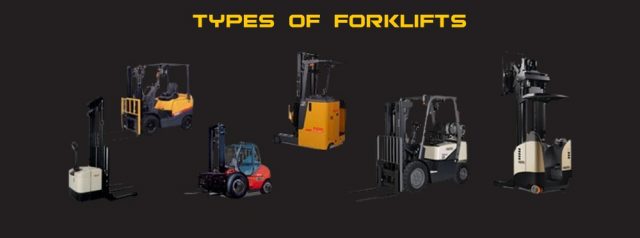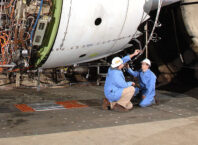Fork trucks, which later on evolved into the modern forklifts we know today has been in use for about 80 years. Although no one is quite certain about who its first inventor was, the Clark Company is an old vehicle manufacturing one that people often credit for inventing forklifts back in the year 1917. Within no time, this gasoline-powered prototype vehicle caught on quickly, and today, there are over a million forklifts for sale in the heavy-duty range of vehicles, as well as in use in warehouses across the globe.
However, these original forklifts were a lot different from what the workers in warehouses today use. Most of the original parts of the forklift go through upgrades or companies eliminate them as technology continues to advance.
The Classic, Earliest Forklifts
Back in the old days, the earliest type of forklift truck was the “hand truck.” It had two wheels and was a lot similar to the dollies today. The vehicle had cast iron wheels along with wrought iron axles. One of their main, noticeable advantages was they allowed many heavy loads that required moving from one place to another without the need to pick them up and place them on wheeled handcarts. Eventually, dockworkers were no longer under the threat of risking their backs when lifting heavy objects.
In the year 1887, the invention of one of the earliest forklift truck model took place. It had a unique feature of lifting its loaded platform right a few inches off from the ground. However, it was quite weak and not available widely. In 1909, a steel version of this lift truck came about, but it was not available commercially, probably because it was not a proper type of lift truck.
For the first time in the year 1917, Clark introduced a new variation that went by with the name “Tructractor.” This was the first seated type, counterbalanced vehicle ideal for use in factories and warehouses. Originally, Clark had no plans to manufacture these vehicles on a large scale; they were in use in axle plants. When visitors went to the plant, they would see these vehicles and ask whether they can buy the vehicles, hence Clark began to produce them on a large scale.
Forklifts Became More Powerful
Within no time, other companies followed the line of manufacturing Moffett Truck forklifts, and the options in forklifts began to change quickly with more power. In 1920, parts such as the hydraulic types of forklift parts followed into the line of vehicles, making it easier to load trucks. After a few years, the incorporation of electronics slowly took place into the fork trucks, to be precise in those that made small cranes mounted to lift loads onto the truck beds. The earlier versions of forklift trucks were slow, but as manufacturers added powerful engines, this gave them some hauling power and more speed.
Latest Advancements in Forklift Technology
Since their invention, a good number of changes and advancements in the forklift technology continue to take place. In order to protect the operators, forklifts today come with backrests to prevent the loads from falling backward. Some also come with cages around the driver, in order to add more protection. The forklifts available today come with better balance, and they help to reduce the number of accidents that may arise.
The biggest advancements in the classification of forklifts are in their power sources. Although early forklifts and lift trucks run on gasoline, the options available today also come in electric variations. The batteries in forklifts can now provide enough power to help the forklifts run for hours at a time. Although the electric forklift motor is quite strong to lift off heavy loads. Such forklifts are safer for use in enclosed areas since they give off no form of emissions. They are environmentally friendly, and companies try to reduce their carbon footprints.
Modern forklifts also have computer systems integrated into the operator’s seat. Such systems then tie into the company’s inventory control system and allow all the operators read RFID chips and scan barcodes. This also helps to make the inventory much easier to manage and results in a better efficient system, where few pallets are lost in the wrong areas.
However, this is not all. The modern changes in ergonomics make these forklifts comfortable for operators to work for a longer time. The smaller variations result in forklifts that no longer require a large space to operate, this means stronger facilities will then have narrow sales, which in return would mean they could store more. Modern forklifts also allow customization, enabling businesses to choose from a wide range of options for their forklifts.
As technology will continue to advance, the forklifts available today will adapt to changes become more powerful as well as work efficiently to deliver goods across from one location to another.

















































































